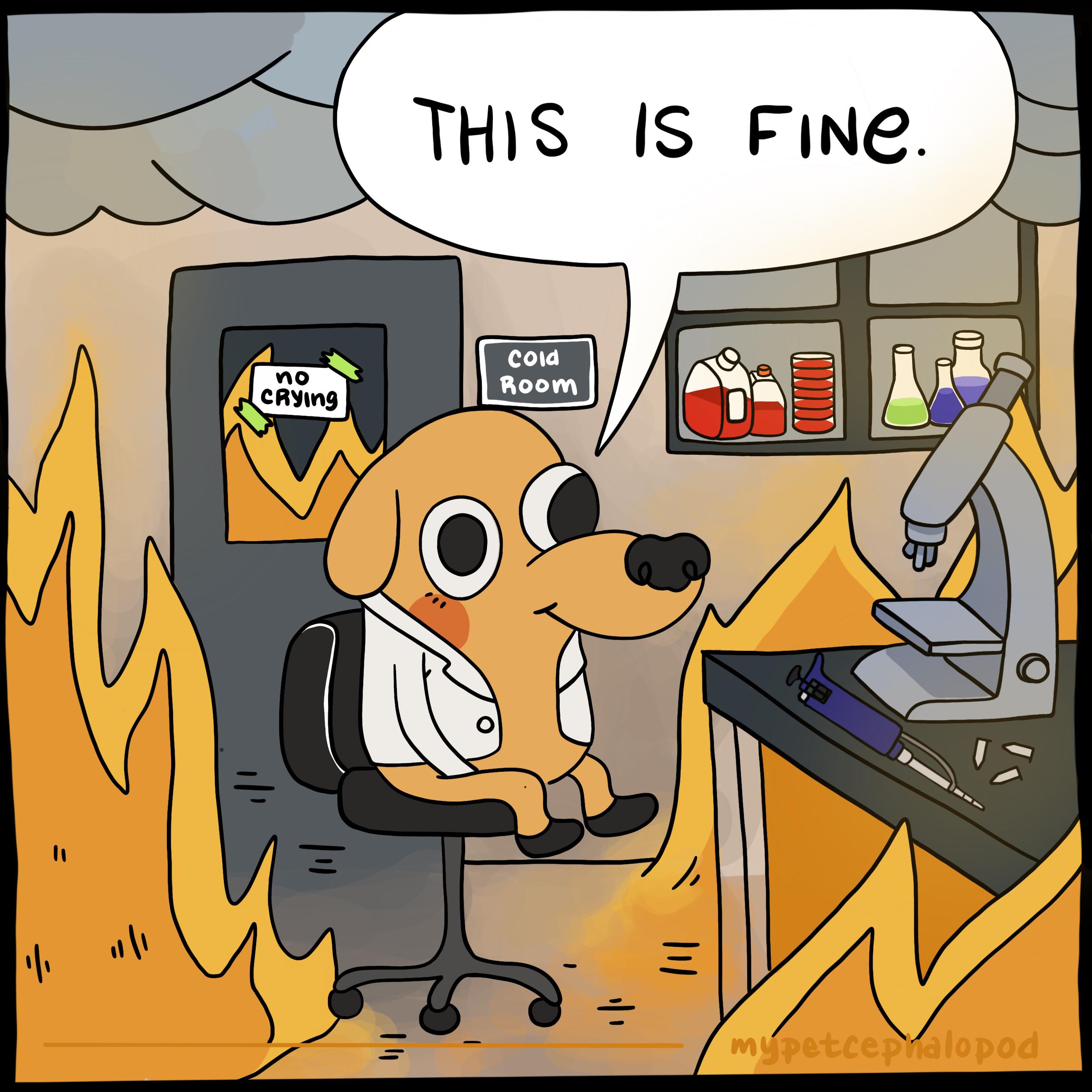

As I understand it, switch 1 digital games are console-bound, but you can migrate your whole console to a new device (such as if your switch breaks.). This was terrible and unfriendly, and why almost all of my family’s switch games are physical.
I doubt “share once and let everyone play but the owner” was an intentional promise from Nintendo, but I’d have no trouble believing a tale about their DRM checks leaving open a hole like that.


Ceremony can be a PITA,.no argument here.
But I would be shocked if Nintendo made a digital “eject” erase anything on the local console.